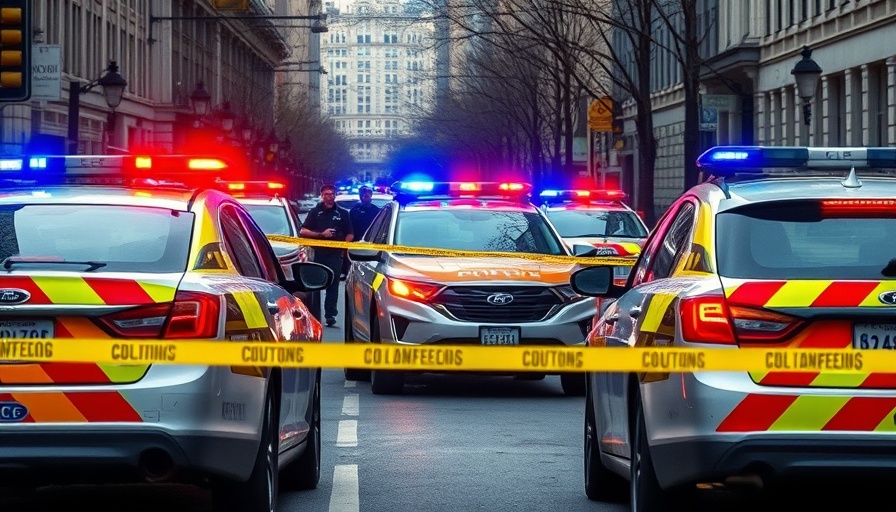
Rising Threat: Ambush Attacks on Police Officers
In an alarming trend, ambush attacks against law enforcement officers are more prevalent than ever, with recent reports revealing that 56 officers have been shot in just the first half of 2025. This startling figure represents a shocking 28% increase when compared to the total number of officers shot in the line of duty this year, indicating a continued escalation of violence against police personnel nationwide.
A Disturbing Increase in Ambush Attacks
Recent data from the Fraternal Order of Police (FOP) sheds light on a worrying pattern: from 48 ambushes in 2020 to a staggering 115 in 2023, this year's trend indicates that ambush-style shootings are becoming a severe concern for law enforcement. A notable incident occurred in Tremonton, Utah, which resulted in the tragic loss of two officers. Such occurrences not only highlight the risks faced by police officers but also raise pressing questions regarding the implications for public safety and law enforcement practices across the country.
Understanding Ambush Scenarios
According to the International Association of Chiefs of Police (IACP), an ambush can be characterized by four main elements: surprise, concealment of the assailant, suddenness, and lack of provocation. This definition helps demystify the often chaotic nature of these attacks—about 68% are spontaneous, and only 32% are premeditated, underscoring the unpredictability of these threats.
Risk Factors and Challenges in Combatting Ambushes
The rising trend of ambushes raises critical questions regarding police training and response strategies. The FBI’s newly launched national study aims to investigate the motivations underlying these attacks, pivotal in shaping future training regimens and support mechanisms for officers. As the data shows, a multi-faceted approach focused on prevention, situational awareness, and enhanced training is essential for safeguarding officers in the line of duty.
The Call for Legislative Action
In response to the surge in ambush-style attacks, law enforcement leaders are advocating for the proposed "Protect and Serve Act," which seeks to impose federal penalties for offenses against police officers. Patrick Yoes, the FOP president, poignantly asked, "How many more officers must die before Congress acts?" This urgent plea highlights the necessity for effective legislation that acknowledges the challenges faced by officers today.
Looking Ahead: Preventative Measures and Training Enhancements
The need for thorough training programs focusing on ambush situations is paramount for the future of officer safety. As police departments explore advanced training mechanisms incorporating technology and strategic simulations, the overall resilience and preparedness of law enforcement personnel can be significantly improved. Not only will these strategies foster a proactive response to ambush attacks, but they can also assist in establishing trust within communities as officers navigate these perilous situations.
It is crucial for all stakeholders—including police departments, local communities, and policymakers—to collaborate in finding comprehensive strategies to ensure the continued safety of our law enforcement officers. With incidents on the rise, implementing structured training and advocating for essential legislation could potentially reduce the occurrences of these dangerous attacks.
To stay informed on this pressing issue and engage in meaningful dialogues about law enforcement reforms, consider participating in your local police community meetings and advocating for greater support systems for officers. The conversation must continue to reshape public safety and protect those who protect us.
 Add Row
Add Row  Add
Add 

 Add Element
Add Element 


Write A Comment